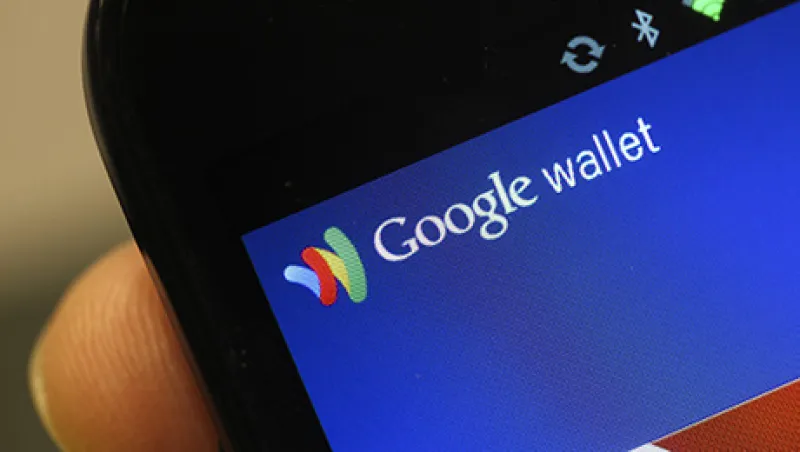In the 1970s banking was sheltered, at least in the U.S. Under Depression-era laws, commercial banks could not enter into investment banking, and vice versa. But, in 1977, Merrill Lynch & Co. introduced the Cash Management Account, a packaging of transaction services with investment products that was novel enough to be patented. For convenient access to funds, the accounts came with payment cards carrying the Visa brand, then wholly owned by an association of banks. One of their number, an Ohio-based predecessor of JPMorgan Chase & Co., saw fit to assist Merrill as its banking and card-issuing partner.
Suddenly, those old legal demarcations were punctured by disruptive innovation. (Pardon the anachronism: That term didn’t enter the corporate strategy lexicon until the 1997 publication of The Innovator’s Dilemma by Harvard Business School professor Clayton Christensen.) There would be more — and quite a bit of it before the likes of Bitcoin, Google Wallet and peer-to-peer lending put present-day financial industry executives on edge.
Deregulation in the 1980s provided an opening for cross-industry forays. Ford, for one, owned a savings institution, First Nationwide Bank, but exited in 1994. General Motors’ financial services strategy lives on in a spin-off, the online bank and auto lender Ally Financial.
Sears Roebuck acquired Dean Witter Reynolds in 1981 and put financial offices in its stores. Sears ultimately merged with Kmart, and Morgan Stanley with Dean Witter, whose Discover card endures as one of the leading consumer credit brands.
Fears of disruption turned technological in the 1990s. Bankers worried that Microsoft, with its ubiquitous PC software packages, could interfere with or usurp bank-customer relationships. Microsoft’s 1994 bid to acquire budgeting software company Intuit exacerbated those concerns — until the Department of Justice blocked the deal on antitrust grounds.
All of that happened before the Internet went mass-market, and none of it killed off the banks.
The late 1990s brought a wave of disruption, to be sure. The popular online payment system PayPal, now owned by eBay, originated not with banks but with a group of Silicon Valley entrepreneurs that included Elon Musk, who went on to be co-founder and CEO of SpaceX and Tesla Motors.
PayPal was clearly an opportunity that established bankers let get away, but they are still in business, whereas legions of start-ups from a decade and a half ago are long gone. Is that pattern now repeating itself?
Technology-driven innovation is at a fever pitch, particularly in the sector that entrepreneurs and venture capitalists have dubbed fintech. According to consulting firm Accenture, global fintech venture investments tripled between 2008 and 2013, to $2.97 billion.
Cristóbal Conde, a former SunGard Data Systems CEO who advises young companies in the FinTech Innovation Lab — which Accenture launched with the Partnership Fund for New York City in 2010 and has since expanded to London and Hong Kong — says entrepreneurial talent and creativity are abundant both inside and outside of finance. And affordable technology makes it easier to start a company than ever before. “Once PayPal was seen as an anomaly,” he notes. “Now a whole generation of entrepreneurs is focusing on dealing with financial firms’ clients.”
JPMorgan chief executive Jamie Dimon, in recent comments at his shareholders meeting and elsewhere, put Apple and Google in that category. He is most alarmed about encroachments into payment services. Google’s mobile, virtual wallet has gained limited traction in two and a half years. On the other hand, Matt Harris, who oversees fintech investments at Bain Capital Ventures in New York, said in April at a Bloomberg-sponsored conference that he “likes Apple’s position in payments,” what with its App Store and iTunes and ability to authenticate its many loyal customers. Amazon and China’s Alibaba — which already offers e-payments and other financial services alongside its core e-commerce business — have similar potential.
Still, incumbents have advantages. They have the bulk of customer accounts and databases as well as the wherewithal to invest in mobile and online channel innovation as branch offices are deemed “less essential,” says William Weidman, senior vice president of Washington-based data analytics firm Applied Predictive Technologies. He notes that in February, Spain’s BBVA agreed to pay $117 million for Simple, a Portland, Oregon–based digital banking service that had signed 100,000 U.S. customers in a year and a half.
Banking might just survive this latest onslaught — and be changed by it. • •





